My Favorite Gut Heath Practices (That Aren’t Food & Supplements!)
This post contains affiliate links. Learn what that means here. I am not a doctor and this is not medical advice.
Whenever we’re talking about long term gut health, the conversation almost always move straight to bone broth, glutamine, and cutting out gluten. Though these are all valid steps to take towards better gut health, it’s really not the whole picture. There are so many practices and home remedies that you can start doing today that have nothing to do with food to help heal your gut!
Some of these practices have made just as much of a dramatic difference in my gut health as something like food and supplements, and are mostly inexpensive and easy to do. As always, double-check with your doctor before hand, but these are all great remedies to ask about!
My Favorite Gut Health Practices
(that have nothing to do with food or supplements!)
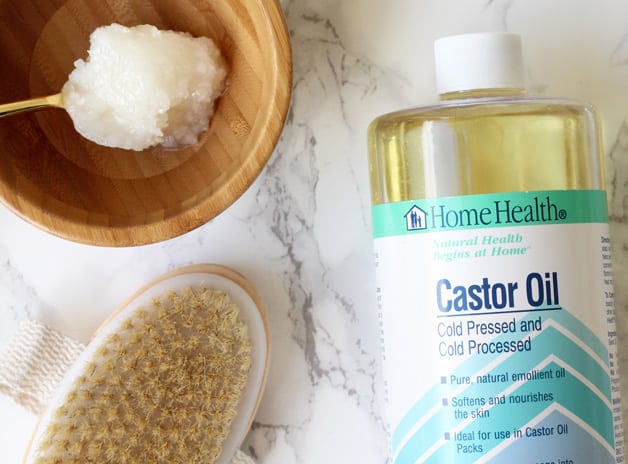
1.Castor Oil Packs
Though this method may require the most tools, they’re fairly in expensive, and this is a highly effective practice!
So, why is this a great gut healing tool? When we have impaired gallbladder function, stagnant bile, or impaired digestion, moving forward with gut healing is Castor oil has been used for generations as a way to topically increase the flow of blood, bile, gastric juices, and other liquids within the body. It’s also been known to be helpful with ovarian cysts.
Applying a castor oil pack onto your right rib area if you have fat digestion issues, liver issues or gallbladder issues can be a great way to get stagnant bile moving and assist your fat digestion! Ever feel nauseated after a greasy meal? This is an amazing way to help with that. It’s also helpful to put over your stomach area for stomach aches to get gastric juices flowing.
So, how do you apply a castor oil pack and what do you need?
What you need:
- Castor oil
- Wool flannel
- A heating pad
- A large mason jar or glass tupperware
- 2-3 old towels and clothes that you don’t mind staining (this stuff stains!!)
- Plastic wrap (optional.. can be replaced with more towels)
How to do it:
- Cut the flannel to a size that’s enough to cover the surface area that you’re trying to apply it to.
- Place the the flannel in a large mason jar and saturate it in castor oil. Make sure it’s soaked through.
- Apply the flannel to the desired area and wrap it in either plastic wrap on a towel to adhere it in your skin.
- Place a heating pad on top of the area where the flannel is, and wrap yourself in a towel. Lay a towel down on the bed or the floor and get comfortable for 30-60 minutes with the heating pad on. You may hear gurgling or feel liquid moving… that’s normal!
- Use baby powder to remove the castor oil, and store the flannel in the jar for a few more uses.
So, how often should you do it? That varies greatly depending on your goals, and health. Talk one on one with a doctor about it if you want more insight, but I think 30 minutes 1-2 times a week is a great way to start! I use it on my liver/gallbladder area about once a month as I historically have issues with that area, but I do want to get into the habit of using it more.
2. Oil pulling
This next practice is a very low barrier to entry, and you likely have everything you already need to do it! Oil pulling is the act of sloshing oil around in our mouths… more or less gargling with oil. Just like we have flora in our gut, we have flora in our mouth that can directly impact our gut. Oil pulling helps to pull bad bacteria from the mouth and the body that can impact the health of our gut.
What you need:
- Oil like coconut oil or sesame oil if tolerated.
How to do it:
- Add 1-2 tbsp of oil to your mouth first thing in the morning and slosh it around, like you’re rinsing your mouth.
- Start slow at first with 5-10 minutes and work your way up to 20 minutes.
You can do this daily, or start with a few times a week. I haven’t been able to get into a daily habit with this, but it’s doable!
3. Dry brushing
Dry brushing is another cheap method that only needs one tool. It helps to improve lymphatic flow, digestion, and detoxification through the skin.
What you need:
How to do it:
- On your dry skin, brush in upwards, towards your heart or in a circular motion and upward motion on your stomach.
You can easily do this daily! All it takes is 10-15 minutes. Though I’ve gotten out of a daily habit,
4. Infrared sauna
Infrared sauna i done with infrared light, and it claims to be much more effective than normal sauna. From what I’ve read and heard from my own doctor, IR sauna help detox on a cellular level, rather than just make you sweat out excess liquid. This is helpful for removing toxins and heavy metals, which is often at the root of so many gut issues.
This is one that I got off to a rocky start on myself. I started doing it as part of my mercury detox protocol… in the middle of Texas summer. 140 F degree sauna + 102 F degree car on the way out did not mix. I was far too heat exhausted in general to keep up with it in the summer, but plan to pick up again in the fall.
Where can you do it? You can easily buy an infrared sauna for your own home, which I’ve seen many people do. You can also go to a yoga studio, gym, spa, etc. that has a sauna there. Depending on how much you do it, you can work out which is more cost effective.
How much you do it will depend on whether or not you’re actually on a detox protocol. From what I’ve read, daily isn’t always recommended as it can result in too much loss of fluid. You can easily start at 15-30 minutes a few times a week.
5. Colonics or enemas
This is likely the most controversial practice on this list, and your success and the safety of doing it will vary greatly from person to person. Regardless, colonics and enemas are both designed to clean out the colon and rid the body of toxins which can help in gut healing. Though they’re more of an advanced level practice with a higher barrier to entry, enemas can be part of cancer treatment, and colonics are often used to help in the removal of parasites and candida.
So, what’s the different between an enema and a colonic?
Personally, enemas are not my favorite, but they’re still worth mentioning as so many have questions about them. Enemas can be done at home with an enema kit. With water or coffee (not just your everyday coffee… coffee like this) and help to clean the colon. Coffee enemas specifically can help boost glutathione as well. Learn more about how to do it here.
A colonic needs to be done with a certified specialist, and gets much deeper than an enema. A colonic involves constantly flowing water which helps to get more water into the body.
Regardless, I highly recommend talking to your doctor about both of these therapies before trying them to make sure it’s a good move for your current plan.
6. Gentle exercise
The human body was made to move far more often than most of us actually do! Exercise helps to get the lymph moving, reduce stress, eliminate inflammation, and help the body the naturally detoxify from toxins, all which are necessary pieces to healing!
The type of exercise that everyone can handle will always vary, especially if you’re healing from illness. Here are just a few gentle exercises that I recommend to get started doing even 15-30 minutes a day:
- Daily walks
- Yin yoga
- Light yoga
- Slower weight lifting
- Rebounding
7 . Prayer and/or meditation
When we’re healing chronic illness, our mind can move at a thousand miles a minute. We think about food choices, how we feel, what we should be doing, and constantly question everything, which is the perfect recipe for stress.
Our body cannot heal in a stressed out state.
As a stressed, burnt out brain is exactly the last thing the want when we’re trying to allow our body to heal, prayer and meditation can both help ease stress tremendously! As someone who always turns to prayer and God’s guidance when I’m too stressed, I can tell you first hand that it always calms me down and puts my mind at ease.
Here are some of my favorite ways to get started:
- Morning devotionals (I often use the Bible App)
- Meditation apps (Headspace and Calm are great for this)
- Yoga Nidra (I love using this before bed! This is my favorite video)
8. Gratitude journaling
Another one of the best ways to stop stress in its tracks is to practice gratitude. No matter how bleak things may seem in life, there’s always something to be grateful for. The sooner that we focus on the food, the fast that the bad seems to melt away.
Starting is as simple as sitting down every day for a few minutes and writing down what you’re grateful for. It could be five little things, or one big thing. You can do it unguided, or use a journal like The Five Minute Journal to guide you.
I hope this extensive list was helpful! Let me know which ones you try, and which are your favorite already.
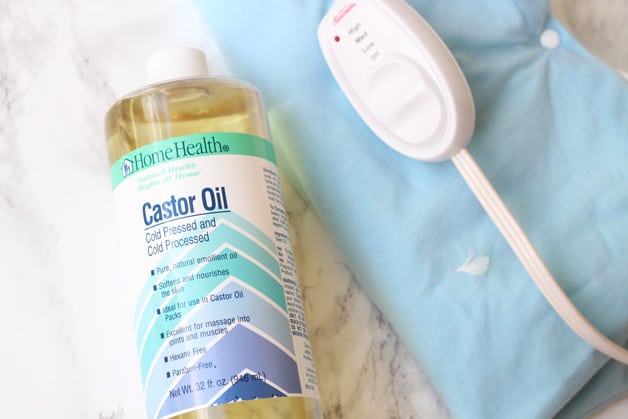
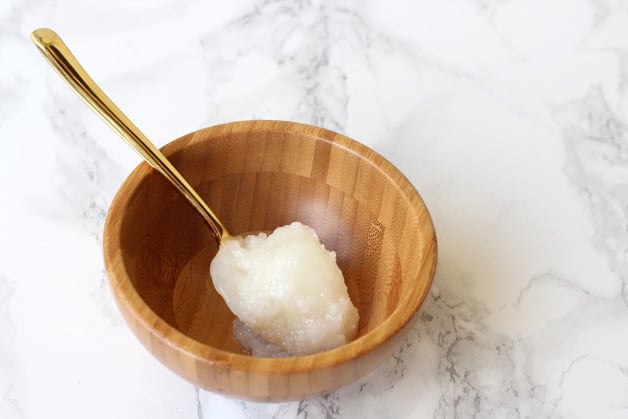
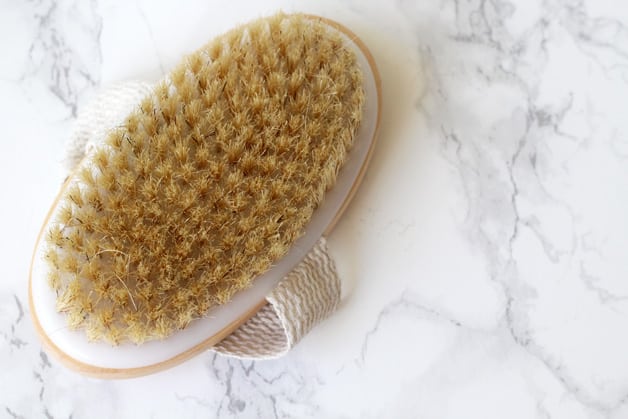

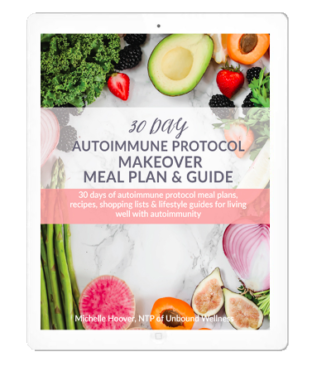


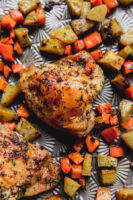


Thank you for sharing these tips! I’m looking forward to trying the oil pulling and dry brushing!
very imformative,thanks for sharing,i will do the castor oil packs and oil pulling.
Love this article. Totally wholesome; thanks for putting all this in one place.
thank you so much!!